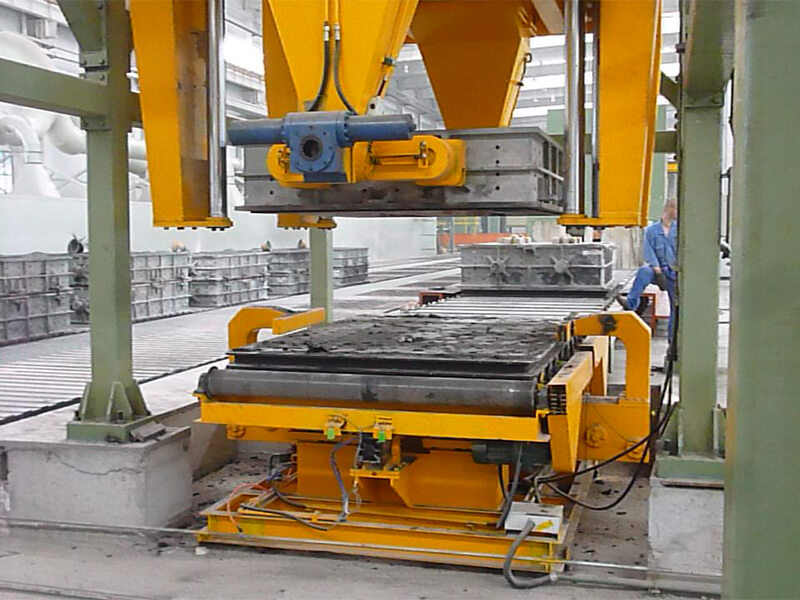- Afrikaans
- Albanian
- Amharic
- Arabic
- Armenian
- Azerbaijani
- Basque
- Belarusian
- Bengali
- Bosnian
- Bulgarian
- Catalan
- Cebuano
- China
- China (Taiwan)
- Corsican
- Croatian
- Czech
- Danish
- Dutch
- English
- Esperanto
- Estonian
- Finnish
- French
- Frisian
- Galician
- Georgian
- German
- Greek
- Gujarati
- Haitian Creole
- hausa
- hawaiian
- Hebrew
- Hindi
- Miao
- Hungarian
- Icelandic
- igbo
- Indonesian
- irish
- Italian
- Japanese
- Javanese
- Kannada
- kazakh
- Khmer
- Rwandese
- Korean
- Kurdish
- Kyrgyz
- Lao
- Latin
- Latvian
- Lithuanian
- Luxembourgish
- Macedonian
- Malgashi
- Malay
- Malayalam
- Maltese
- Maori
- Marathi
- Mongolian
- Myanmar
- Nepali
- Norwegian
- Norwegian
- Occitan
- Pashto
- Persian
- Polish
- Portuguese
- Punjabi
- Romanian
- Russian
- Samoan
- Scottish Gaelic
- Serbian
- Sesotho
- Shona
- Sindhi
- Sinhala
- Slovak
- Slovenian
- Somali
- Spanish
- Sundanese
- Swahili
- Swedish
- Tagalog
- Tajik
- Tamil
- Tatar
- Telugu
- Thai
- Turkish
- Turkmen
- Ukrainian
- Urdu
- Uighur
- Uzbek
- Vietnamese
- Welsh
- Bantu
- Yiddish
- Yoruba
- Zulu
Rgs . 09, 2024 03:11 Back to list
counter flow plate heat exchanger
Counterflow Plate Heat Exchanger An Overview
Heat exchangers are essential components in various industrial processes, facilitating efficient heat transfer between two fluids without allowing them to mix. Among various designs, the counterflow plate heat exchanger stands out due to its effectiveness and versatility in applications that require optimal thermal performance. This article will delve into the workings, advantages, and applications of counterflow plate heat exchangers.
Working Principle
A counterflow plate heat exchanger consists of multiple thin plates arranged in a manner that creates channels for the two fluids. As the name suggests, the fluids flow in opposite directions—one fluid enters the heat exchanger from one end, while the other enters from the opposite end. This arrangement maximizes the temperature difference between the two fluids, enhancing heat transfer efficiency.
The plates are usually corrugated, which increases their surface area and turbulence, leading to improved heat exchange rates. The close spacing of the plates minimizes the volume of fluid required in the system, making the counterflow plate heat exchanger an energy-efficient choice. The design also allows for easy maintenance, as the plates can be disassembled for cleaning or inspection.
Advantages
One of the primary advantages of counterflow plate heat exchangers is their superior thermal efficiency. The counterflow design ensures that the two fluids maintain a high temperature difference along the entire length of the exchanger, which promotes maximum heat transfer. This is particularly beneficial in applications where space is limited, as these heat exchangers can achieve high performance in a compact footprint.
counter flow plate heat exchanger

Moreover, counterflow plate heat exchangers exhibit lower pressure drops compared to other types, which translates to reduced energy consumption in pumps and circulatory systems
. This feature makes them ideal for systems where fluid resistance needs to be minimized.Additionally, the ability to handle a wide range of operating conditions and fluid types adds to their versatility. Whether dealing with corrosive fluids, high-viscosity liquids, or varying temperatures, counterflow plate heat exchangers can be tailored to meet specific operational requirements.
Applications
Counterflow plate heat exchangers find applications across various industries, including refrigeration, food processing, chemical manufacturing, and HVAC systems. In the food industry, for instance, they are used for pasteurization processes, where efficiency is crucial to maintaining product quality while ensuring safety.
In chemical processing, these heat exchangers help in reactors and heat recovery systems, optimizing energy usage and improving overall process efficiency. Additionally, in HVAC systems, they play a vital role in energy recovery ventilators, where they help to precondition incoming air using the exhaust air's thermal energy.
Conclusion
In summary, the counterflow plate heat exchanger is a vital component in many industries where efficient heat transfer is required. Its superior thermal efficiency, compact design, and versatility make it an excellent choice for a wide range of applications. As industries continue to prioritize energy efficiency and sustainable practices, the role of counterflow plate heat exchangers will likely expand, further solidifying their importance in modern engineering and process design.
-
8mm Thin-Walled Cast Steel Manhole Cover Pallet Bottom Ring | Durable
NewsAug.04,2025
-
Premium Cast Iron Water Main Pipe: Durable, Corrosion-Resistant
NewsAug.03,2025
-
Durable Cast Iron Water Mains | AI-Optimized Systems
NewsAug.02,2025
-
High-Efficiency Propane Boiler for Baseboard Heat | Save Energy
NewsAug.01,2025
-
Premium Source Suppliers for Various Gray Iron Castings
NewsJul.31,2025
-
Durable Cast Iron Water Main Pipes | Long-Lasting
NewsJul.31,2025


